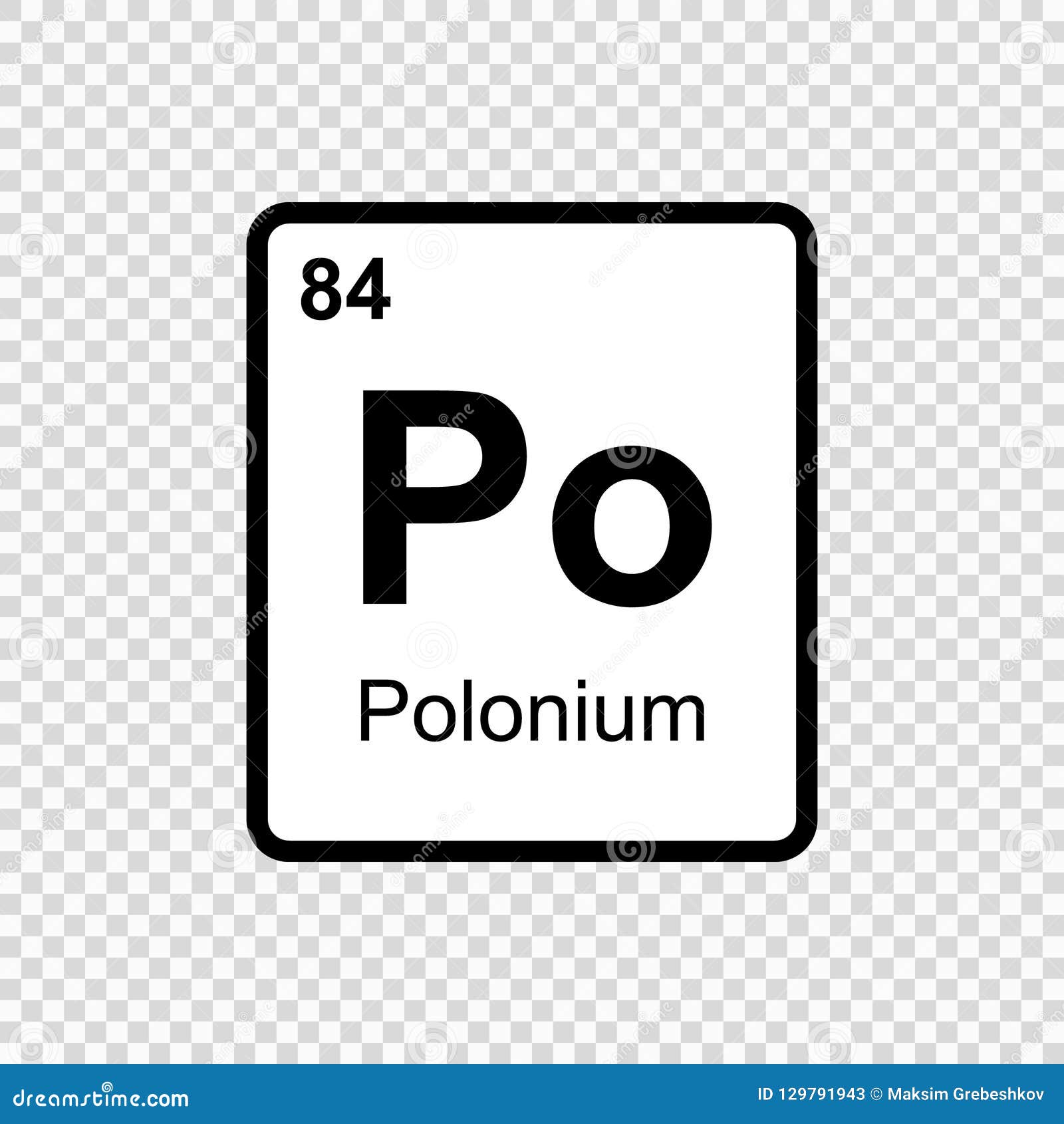

It wasn't until the 1938 Food, Drug, and Cosmetic Act that radioactive consumer products were banned, too late for industrialist and socialite Eben Byers, who tried to treat an injured arm with nearly 1,400 bottles of radium-infused water. In 1903, Pierre Curie, after observing burns on his arm left by the chunk of radium that he tied to it for 10 hours, concluded that he had discovered a cure for cancer. Manufactures of everything from toothpaste to laxatives packed their products with radioactive thorium. Radium bath salts claimed to treat insomnia. "Revigorator" pots – ceramic drinking vessels lined with radon and uranium – were prescribed for flatulence, among other ailments. Theirs was the first discovery of the new science of particle physics.Īnd all the while, the Curies were unwittingly donating their bodies to science.Īfter its discovery, everyone presumed that something so energetic as radiation just had to be beneficial. The pair called this phenomenon "radioactivity," which, in addition to being a new kind energy, demonstrated that atoms, then thought to be the smallest possible constituent of matter, could emanate even smaller particles. When he brought it close to the luminescent tubes, the air inside the chamber would break down into positive and negative ions, creating a weak electric current. Pierre Curie constructed a chamber with an electrometer that would measure weak electrical currents. The materials in the tubes did more than stimulate the senses they electrified the very air. The glowing tubes looked like faint, fairy lights."

It was really a lovely sight and one always new to us. "One of our joys was to go into our workroom at night we then perceived on all sides the feebly luminous silhouettes of the bottles of capsules containing our products. In his 2008 book "The Vertigo Years: Europe, 1900-1914" historian Philipp Blom quotes Marie Curie's autobiographical notes, in which she describes the mysterious blue-green lights in her lab: She would carry bottles of the polonium and radium in the pocket of her coat and store them in her desk drawer. Those who wish to open the lead-lined boxes containing her manuscripts must do so in protective clothing, and only after signing a waiver of liability.Īlong with her husband and collaborator, Pierre, Marie Curie lived her life awash in ionizing radiation. That's because after more than 100 years, much of Marie Curie's stuff – her papers, her furniture, even her cookbooks – are still radioactive. For the Pierre and Marie Curie collection at France's Bibliotheque National, it's the other way around. At the end of the book, the reader will have an understanding of the journey that took Marie Curie from being a young woman in Warsaw, Poland to being one of the most accomplished personalities in the history of science.Many library collections use special equipment, such as special gloves and climate-controlled rooms, to protect the archival materials from the visitor. Difficult concepts such as radioactive decay and atomic structure are explained in basic terms. The book relies heavily on pictures to tell its story. In this brief book, the reader is introduced, in basic terms, to Marie Curie and her life work. Her contributions in the study of radioactivity laid the groundwork for a generation of scientists. She was intelligent, determined, ethical and unassuming. She trail blazed in atomic science, in education, in applying radiation to medical uses. In this brief book, the reader is introduced, in basic t Marie Curie was one of the most remarkable scientists of the modern age. Marie Curie was one of the most remarkable scientists of the modern age.


 0 kommentar(er)
0 kommentar(er)
